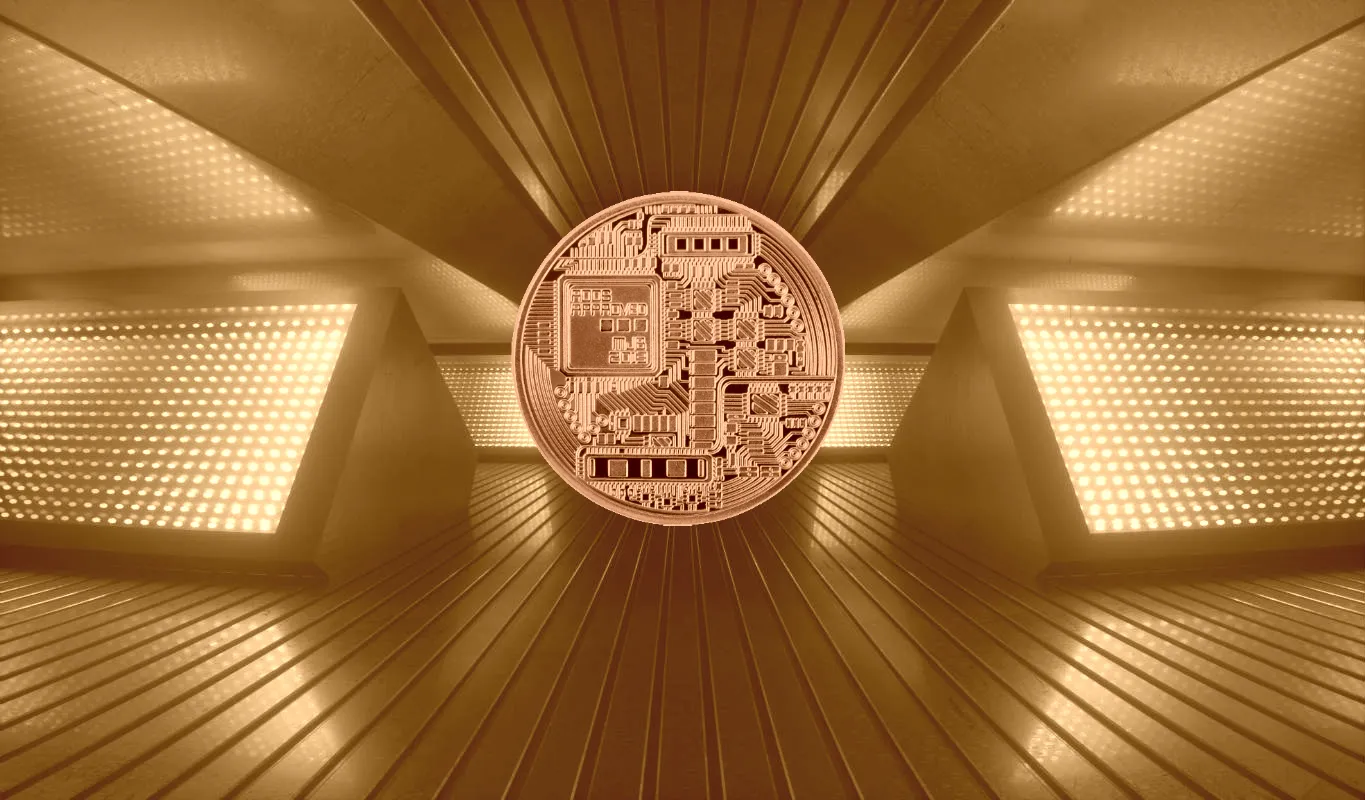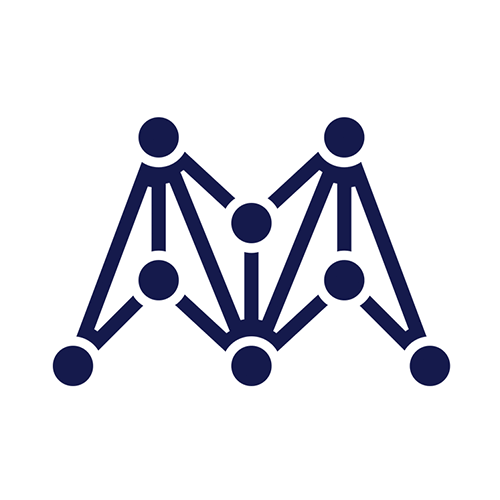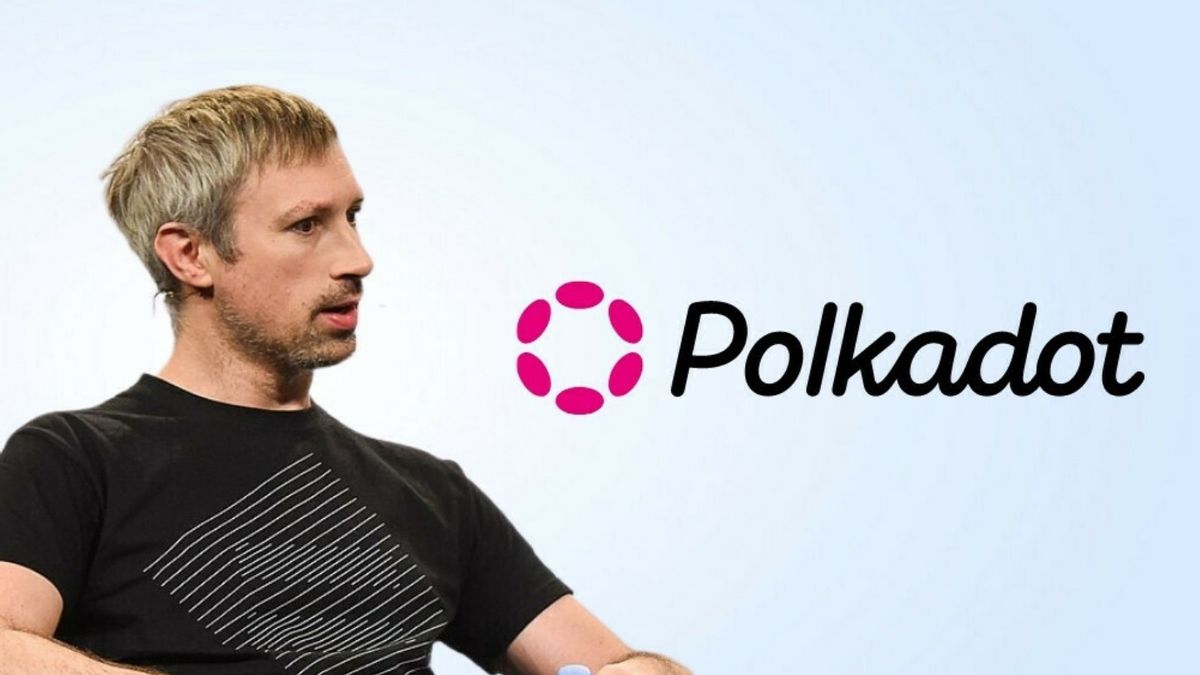Gavin Wood?CO-FOUNDER OF POLKADOT
Gavin Wood is a leading computer scientist and blockchain innovator, renowned for co-founding Ethereum and spearheading the development of Polkadot.

Insights from a Blockchain Visionary
Gavin Wood, a prominent figure in the blockchain landscape, is known for his role as the co-founder of Polkadot. This article explores his background, significant contributions to the blockchain sector, and the innovative framework of Polkadot.
Background of Gavin Wood
Gavin Wood, born on July 23, 1980, in the UK, is a distinguished computer scientist and programmer. He earned his PhD in computer science from the University of York, specializing in formal specification. This academic foundation paved the way for his entry into blockchain technology.
Pioneering Ethereum
Wood's initial impact on the blockchain realm began with the co-founding of Ethereum in 2015. Ethereum revolutionized the industry by introducing smart contracts, which are self-executing agreements coded directly into software. This innovation eliminated the need for intermediaries, enabling more efficient and decentralized transactions.
As the Chief Technology Officer (CTO) of Ethereum, Wood played a crucial role in developing the Ethereum Virtual Machine (EVM) and the Solidity programming language. The EVM enabled the execution of smart contracts, establishing a platform for numerous decentralized applications (DApps). Ethereum quickly rose to prominence, becoming the second-largest cryptocurrency by market cap.
Introducing Polkadot
While Ethereum was groundbreaking, it faced scalability and interoperability issues. To address these challenges, Gavin Wood envisioned Polkadot, launched in 2020. Polkadot is a multi-chain network designed to enhance scalability, security, and interoperability among various blockchains.
The core technology behind Polkadot is Substrate, a framework developed by Wood that allows developers to create customized blockchains for specific applications. Polkadot connects these blockchains through a central relay chain, facilitating seamless communication and data sharing.
Additionally, Polkadot features parachains—individual blockchains tailored for particular purposes. This architecture improves scalability and security, as problems on one parachain do not disrupt the entire network.
Polkadot's governance model is noteworthy, involving token holders and council members in collective decision-making regarding network upgrades and development, ensuring a responsive and decentralized governance structure.
Web3 Foundation and Fostering Innovation
Gavin Wood's dedication to blockchain extends beyond Polkadot. In 2017, he co-founded the Web3 Foundation, a non-profit organization aimed at promoting decentralized technologies. The foundation supports the vision of a fully decentralized web, often referred to as Web3, by providing grants and resources to developers.
Wood's Influence on Polkadot
As a co-founder and former CTO, Gavin Wood has significantly influenced Polkadot's development. His expertise in blockchain technology, acquired through his experience with Ethereum, has been instrumental in shaping Polkadot's architecture.
Wood's vision for Polkadot resonates throughout the crypto ecosystem, attracting interest from various projects due to its potential for seamless blockchain connectivity. The Substrate framework has gained popularity for its versatility, encouraging developers to create specialized blockchains for diverse applications.
Furthermore, Wood's initiatives led to the establishment of Kusama, known as Polkadot's "canary network." Kusama serves as a testing ground for new features and improvements, ensuring that Polkadot remains stable and secure.
Polkadot's Impact on the Blockchain Ecosystem
Polkadot's innovative multi-chain network exemplifies Gavin Wood's commitment to tackling key challenges in the blockchain space. Key impacts include:
-
Interoperability: Polkadot enables diverse blockchains to communicate, fostering a connected ecosystem.
-
Scalability: The addition of parachains addresses scalability issues, providing a robust platform for DApps.
-
Security: Polkadot minimizes risks associated with single-chain networks, enhancing security for developers and users.
-
Decentralized Governance: Its governance model promotes community involvement in decision-making.
-
Customizability: Substrate empowers developers to easily create specialized blockchains, encouraging innovation.
Polkadot's successful integration of these elements solidifies its position as a significant player in the blockchain space, with Gavin Wood's leadership and technical prowess being pivotal in achieving these advancements.
Looking Ahead: The Future of Polkadot
As Polkadot continues to evolve, Gavin Wood remains a key figure in its development. His dedication to advancing blockchain technology and creating decentralized solutions ensures the ongoing success of Polkadot and its ecosystem.
With his extensive knowledge and vision for a decentralized future, Gavin Wood's contributions—from Ethereum to Polkadot—have profoundly impacted the blockchain industry. He is a leading figure in shaping a more interconnected, secure, and versatile blockchain landscape. As Polkadot and Web3 technologies gain momentum, Gavin Wood will undoubtedly remain at the forefront of innovation.
Frequently Asked Questions (FAQ)
1. Who is Gavin Wood?
Gavin Wood is a prominent computer scientist and blockchain developer, best known as the co-founder of Ethereum and the founder of Polkadot. He has made significant contributions to the development of decentralized technologies and smart contracts.
2. What is Ethereum, and what was Gavin Wood's role in it?
Ethereum is a decentralized platform that enables developers to build and deploy smart contracts and decentralized applications (DApps). Gavin Wood was a co-founder and the Chief Technology Officer (CTO) of Ethereum, where he developed the Ethereum Virtual Machine (EVM) and the Solidity programming language.
3. What is Polkadot?
Polkadot is a multi-chain network designed to enhance scalability, security, and interoperability among various blockchains. Launched in 2020, it allows different blockchains to communicate and share information seamlessly through a central relay chain and customizable parachains.
4. What are parachains in Polkadot?
Parachains are individual blockchains that run parallel to the main relay chain in the Polkadot network. They can be customized for specific applications, allowing developers to create specialized blockchains while benefiting from the security and interoperability provided by Polkadot.
5. How does Polkadot address scalability issues?
Polkadot improves scalability by allowing multiple parachains to operate simultaneously, enabling a higher throughput of transactions and reducing congestion that can occur on single-chain networks.
6. What is the Web3 Foundation?
The Web3 Foundation is a non-profit organization co-founded by Gavin Wood that aims to promote decentralized web technologies. It supports projects that align with the vision of a fully decentralized internet and provides grants and resources to developers.
7. How does Polkadot ensure security?
Polkadot enhances security by using a shared security model, where all connected parachains benefit from the security of the relay chain. This means that issues on one parachain do not affect the overall security of the network.
8. What is the governance model of Polkadot?
Polkadot employs a decentralized governance model that involves token holders and council members in decision-making processes regarding network upgrades and development. This ensures that the community has a voice in the evolution of the platform.
9. How can developers get started with building on Polkadot?
Developers can start building on Polkadot by utilizing the Substrate framework, which provides the tools and libraries needed to create customized blockchains. Resources, documentation, and community support are available on the Polkadot website.
10. What is the future of Polkadot and Gavin Wood's vision?
The future of Polkadot looks promising as it continues to evolve and attract developers and projects. Gavin Wood envisions a fully interconnected blockchain ecosystem where different networks can communicate and collaborate seamlessly, paving the
What's Your Reaction?
















